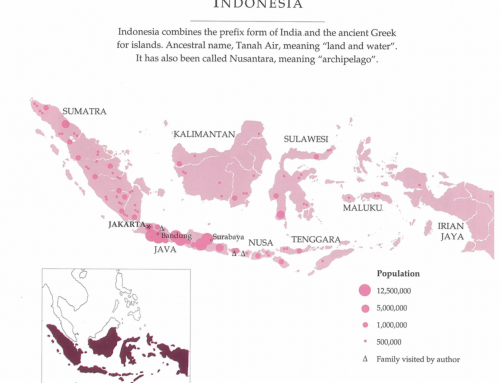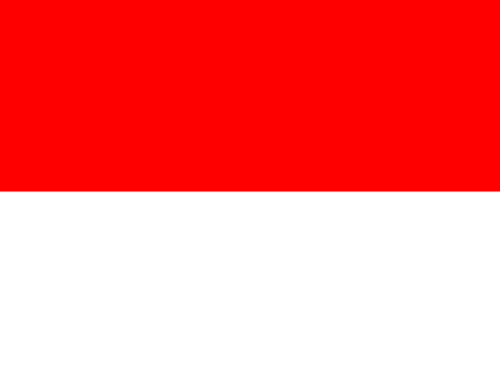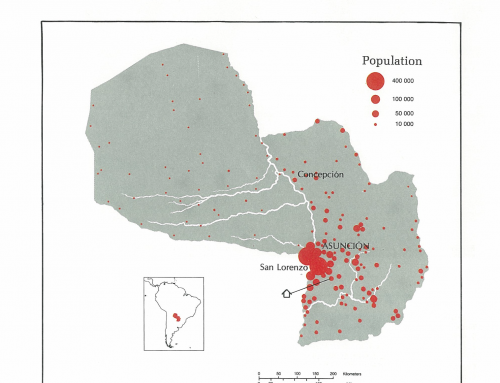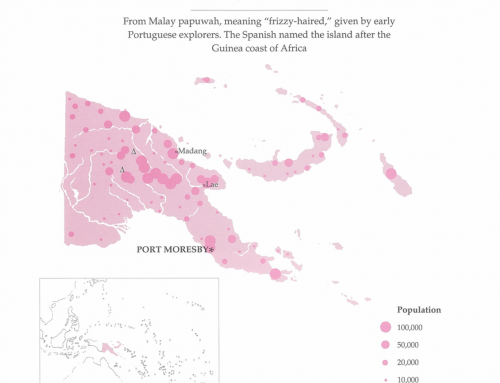POPULATION:
Total: 3,200,000 (1985)
Annual growth: 3.3% (105,600) (1975- 80)
Doubling time: 20 yrs.
Urban: 57% (1985) (est. for year 2000: 69%)
Rural: 43%
AGE GROUPS: (1980)
17% less than 5 yrs.
48% less than 15
59% less than 20
25% from 20 to 39
11% from 40 to 59
5% 60 yrs. and over
ETHNIC GROUPS
Ladino: 86% (17% white; 70% mixed)
Negro: 9%
Indian: 5%
FAMILY
Marital status, for population 10 yrs. and older: (1971)
Single: 49% Common-law: 17%
Married: 28% Widowed: 2%
Female head of household: 26% (Managua: 60%) (1980 est.)
Fertility rate: 5.7 (1983)
Births out of wedlock: no data
Teenage births: no data
Contraception: 9% (1984)
Government’ s position on family planning: Considers the current rates of fertility and natural increase to be satisfactory. Family-planning services are provided within public health services, and the government supports the activities of private organizations.
SOCIAL INDICATORS
Life expectancy: 62 yrs. (male: 60; female: 62) (1985)
Infant mortality: 69/1,000 births (1985)
Crude birth rate: 43/1,000 pop. (1985)
Crude death rate: 9/1,000
HEALTH
Access to health services: 80% (urban: 100%; rural:60%)
Births attended by trained health personnel: 43% (1982)
HOUSING
Persons per household: 5.7 (1984)
Electricity: 59% without (1971)
Access to safe water: 53% (1983) (urban: 91 %; rural:10%)
Source of water: (1971)
Well: 31%
River and other: 30%
Piped inside: 28%
Piped outside: 6%
Public standpipe: 5%
Toilet facilities: (1971)
Flush: 20%
Other: 80% (latrine: urban: 64%; rural: 18%)
Building materials: (1980)
The majority of houses are made of wood and adobe. In 1972 an earthquake destroyed a large
part of Managua, including 90% of the shops, small industries, markets, and hospitals and the majority of schools and churches. In 1979 an important program of reconstruction was begun.
EDUCATION
Literacy: male: 87%; female: 87% (1982)
Gross enrollment ratio: (1984)
First leve!: 99% (completing in 1980- 1984: 27%)
Second: 43%
Third: 11%
Educational attainment, for population 25 yrs. + : (1971)
None: 54%
First leve!: incomplete: 42%
Since 1979, great efforts have been made in literacy and education. In 1982 there were more adults registered in educational programs than students at the secondary level!
ECONOMIC ACTIVITY
Economically active population: no data
Agriculture: 43% act. pop.; 21% of GDP
Mines: 2% act. pop.; 1% of GDP
Industry: 37% act. pop.; 48% of GDP
Services: 37% act. pop.; 48% of GDP
Per capita GNP: 770 U.S.$ (1985)
Population in absolute poverty: (1977- 84)
Urban: 21%
Rural: 19%
National currency/per U.S.$: 26.50 cordobas (1985)
Principal resources: Coffee, cotton





